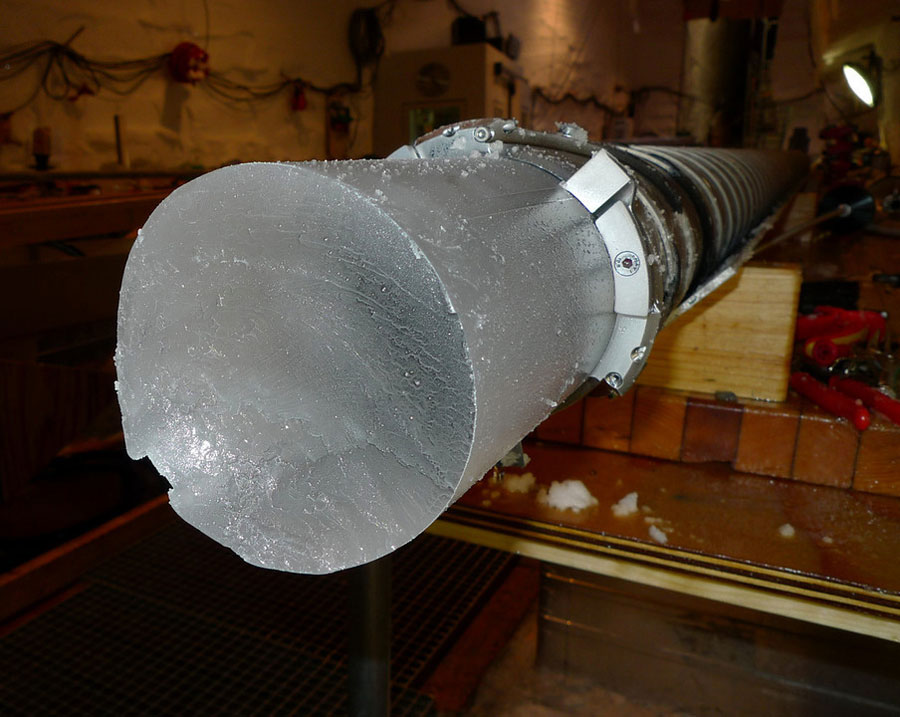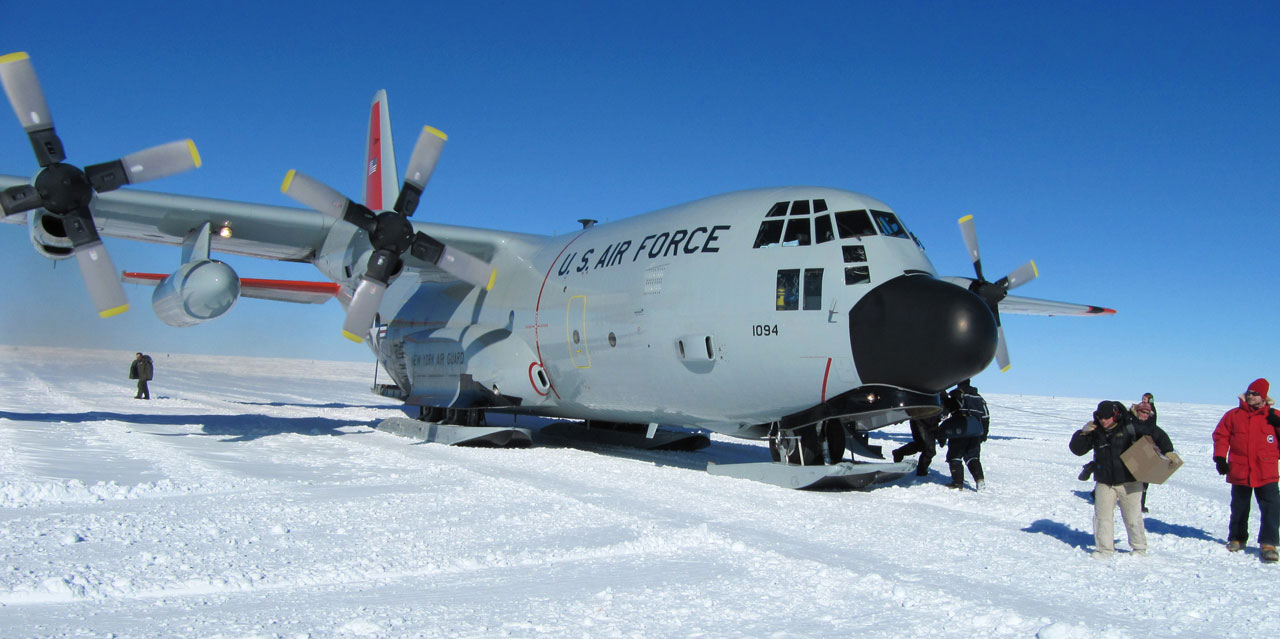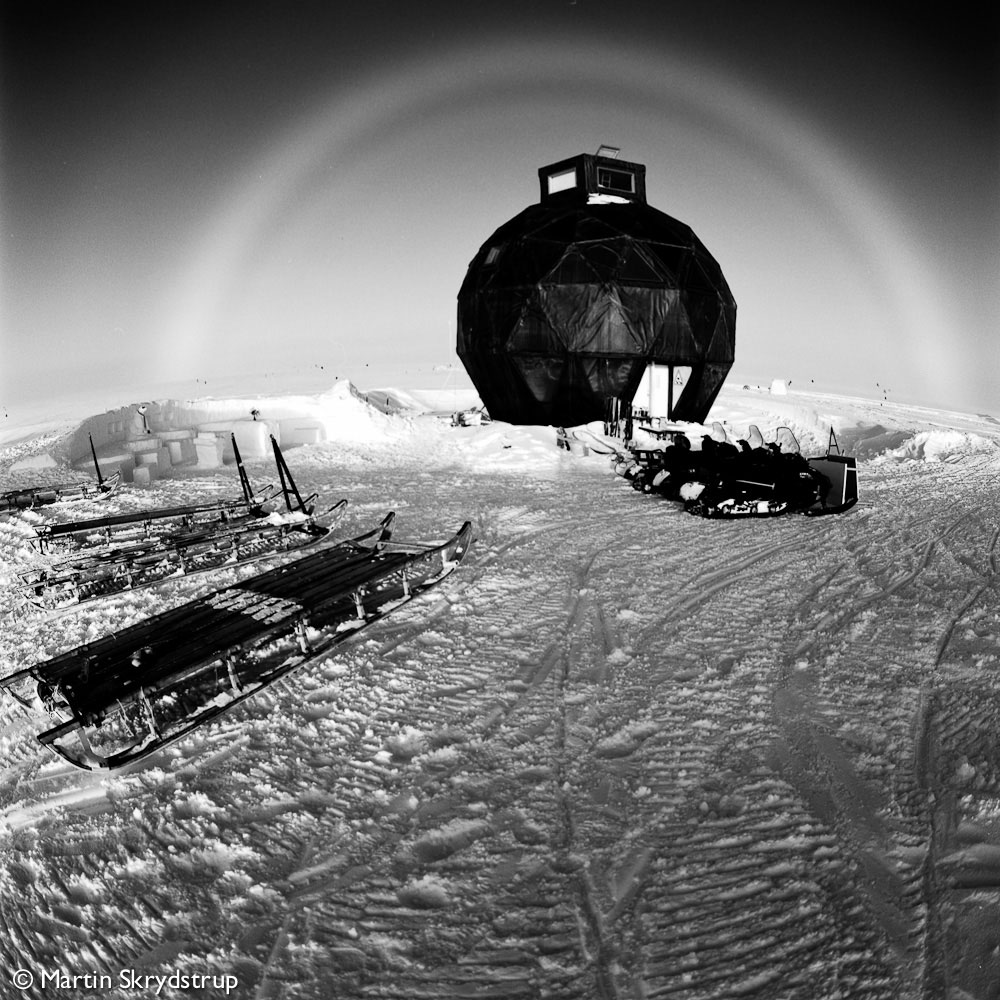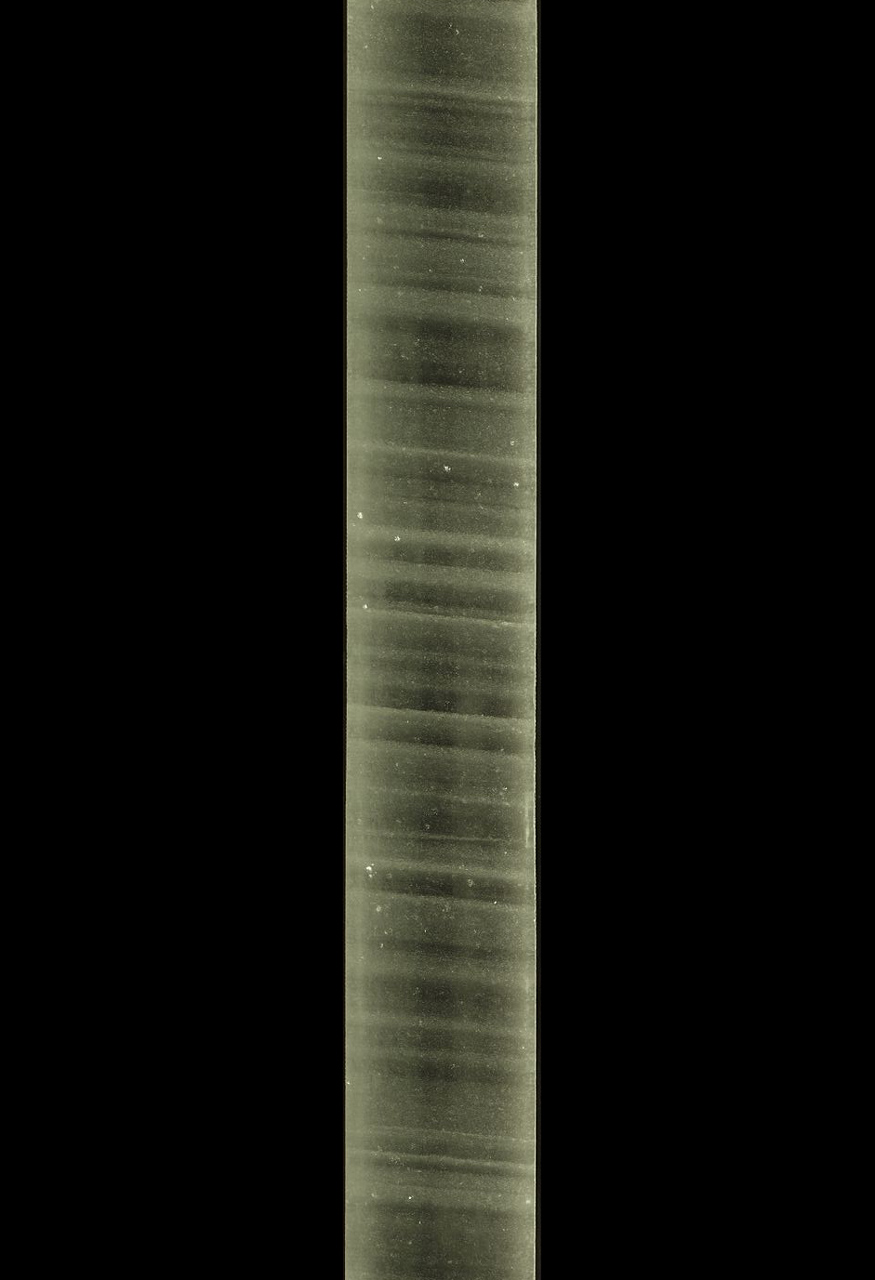The legacy of Dansgaard
The first ice core drilling in Greenland was completed around 1950, but in the beginning there was no clear purpose for the drilling. Ice core research as a scientific discipline had simply not been invented yet and most researchers agree that Willi Dansgaard’s article in the journal Science in 1969 ushered in a new era.

The father of ice core research
Dansgaard was the first to really recognise the scientific potential in working with ice cores and it was he who invented the first methods for using ice to measure past climate and he identified the abrupt climate changes during the ice age.
His method, oxygen isotope measurements of the annual layers in the ice cores using a mass spectrometer to find past temperatures, is still used to this day. His old department at the University of Copenhagen has evolved into the “Centre for Ice and Climate” at the Niels Bohr Institute, which is one of the world’s leading institute’s in the field.

Today the group consists of 45 scientists, postdocs and PhD students led by Professor Dorthe Dahl-Jensen. She first collaborated with Willi Dansgaard during the deep drilling at Dye 3 in the early eighties and during her time there, the Centre for Ice and Climate has been behind several important drilling in Greenland and Antarctica.
Below the centre is the freezer that is always minus 25 degrees and this is where one of the world’s largest collections of ice cores is stored.
ISTUK is still being used along with the newer Hans Tausen drill and Danish technology is used for ice core drills all over the world, like most of the world’s drilling fluid is purchased from a company in the small Danish town Køge.
Associate Professor and ice core curator Jørgen Peder Steffensen estimates that Denmark is currently about 10 years ahead of the rest of the world in drill technology, just as we are well ahead both scientifically and logistically and we can largely thank Willi Dansgaard for this.
Another imprint Willi Dansgaard has left behind is the conversation culture that still prevails at the Centre for Ice and Climate. Dansgaard’s philosophy was “innovation, freedom and confidence” and this meant, among other things, that he included his colleagues and employees in decisions and gave responsibility even to the young.
Several Dansgaard’s colleagues became famous for their own accomplishments, like Sigfus Johnsen, who is one of the most cited researchers in the geosciences or Niels Gundestrup, who had Chile’s first scientific radar expedition to Antarctica named after him.
The conversation culture has survived to this day, where students are invited along to the drillings, so at the most recent drilling at NEEM there were, for example, two young people for every senior researcher. This gives the young people practical and theoretical knowledge and an international network.
What can we do today?
Ice core research are used to find the climate of the past, but an important aim is to make predictions in relation to current and future climate change, particularly in relation to the global warming that is currently taking place.
Using measurements of isotopes, methane, ammonia, sulphur and calcium in the ice, you can say something about forest fires, volcanic eruptions, wind directions, water levels and past temperatures. The bubbles in the ice can also say something about the Earth’s atmosphere, as it once was.

Danish ice core research has primarily focused on Greenland, but glaciology as a whole is also concerned with ice cores from the rest of the snow clad parts of the world, Antarctica in particular, were the precipitation is much less than in Greenland.
For this reason, the annual layers in the Antarctic cores are not as detailed, but as in Greenland, the ice sheet is about three kilometers high.
This means that the Antarctic and Greenlandic research complement each other in that the ice cores from Antarctica goes further back in time, while the cores from Greenland contain more information from the last ice age and interglacial period.
NGRIP and the NEEM project
If we are to predict how the world will change with global warming, we can look back in time to previous periods that were also warmer. The so-called “Eemian period” is the term for the period (130,000 – 115,000 years before the present), which lay between the last two ice ages and the temperatures were somewhat higher in Greenland than it generally has been in our own interglacial period, which is termed the “Holocene”.
It was Willi Dansgaard’s dream to drill a core that went all the way back to the Eemian and they managed this with the drillings at Summit in the early nineties, but when they compared the two cores GRIP and GISP2, it turned out that you could not rely on the lowest part and thus the data from the Eemian.

On the basis of studies of radio data, a new drilling site was found in the mid-nineties 320 kilometers NNV of GRIP. It was called NGRIP (North Greenland Ice Core Project) and in 2004 they reached the bottom.
They want to find answers to, for example, what is the relationship between the climate and the greenhouse effect without manmade pollution? How could the North Atlantic climate become seven degrees warmer in 50 years at the end of the last ice age? How long did the previous warm period last and how might the current warm end?
The project was a partial success and they managed to drill a core that went into the Eemian period. But unfortunately it was in the lowest part of the core affected by bottom melting.

In 2011, they hit the bottom of the ice sheet and the results showed that even though the warm Eemian period was a period when the oceans were about four to eight meters higher than today, the ice sheet in northwestern Greenland was only a few hundred meters lower than the current level.
This indicates that the Greenland ice sheet can have only contributed to less than half of the total rise in sea level, while the rest must have come from a melting Antarctica. The measurements also show that the temperature was about eight degrees C higher than today.
The Centre for Ice and Climate started a new deep drilling project in 2009 – the NEEM project – carried out by researchers from 14 countries and it aims to map the Eemian period.
In connection with the new project, they would like to investigate whether the Eemian was climatically stable or whether there were abrupt climate fluctuations like in the ice age? How big was the ice sheet at the time? How high was the seawater? And what was the interaction between greenhouse gases and the climate of the period?
The warming that is predicted to occur over the next 50-100 years could potentially have climatic conditions similar to those of the Eemian period.
Read more about Willi Dansgaard:
- Grønland i Istid og Nutid ((Greenland in the Ice Age and the Present, 2000) by Willi Dansgaard. An autobiography focusing on Dansgaard’s career with anecdotes, portraits and personal stories.
- Frozen Annals (2005) by Willi Dansgaard. English autobiography with more emphasis on the scientific part of the story.
- The history of early polar ice cores (2008) by Chester Langway. The story of the early ice core drilling from an American perspective.
- Klima, Kold Krig og Iskerner (Climate, Cold War and Ice Cores, 2004) by Maiken Lolck. Thesis from the Steno Institute, Aarhus University.
Ice core drilling projects

Dating ice cores

In order to use the measurements of the chemical compositions of the annual layers, the ice of course has to be dated.
In the upper part of the core, where you can see the difference between winter and summer snow, this can be done with the naked eye, but further down, where the loose snow has become more compacted and eventually becomes hard ice, the annual layers can be so close together that you need to use other methods.
Once again, you can use Willi Dansgaard’s discovery of the relationship between the isotopic composition and temperature to distinguish between seasons, or you can use the so-called “impurity measurements” to tell the difference. But the most accurate dating is achieved by using several methods to supplement each other.
